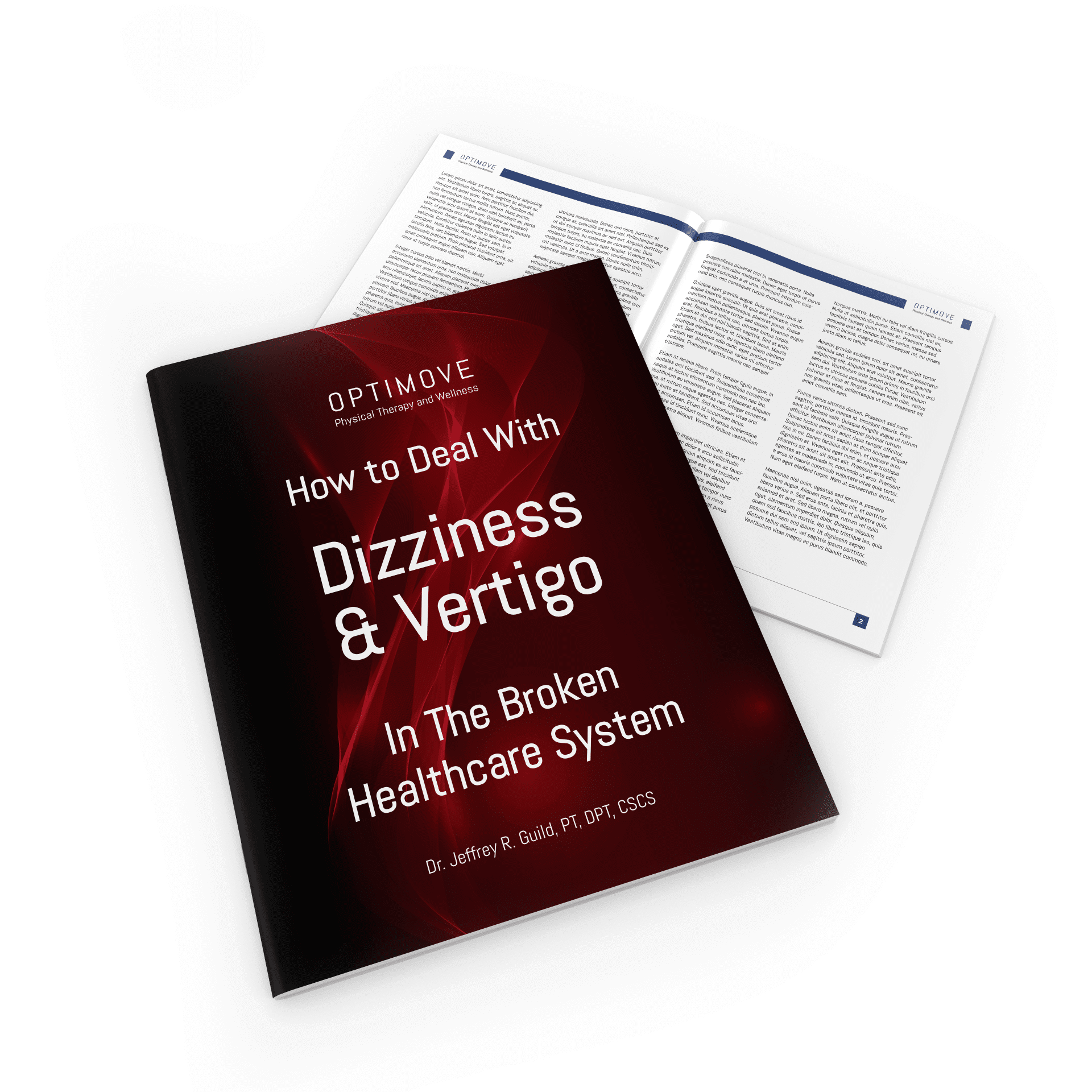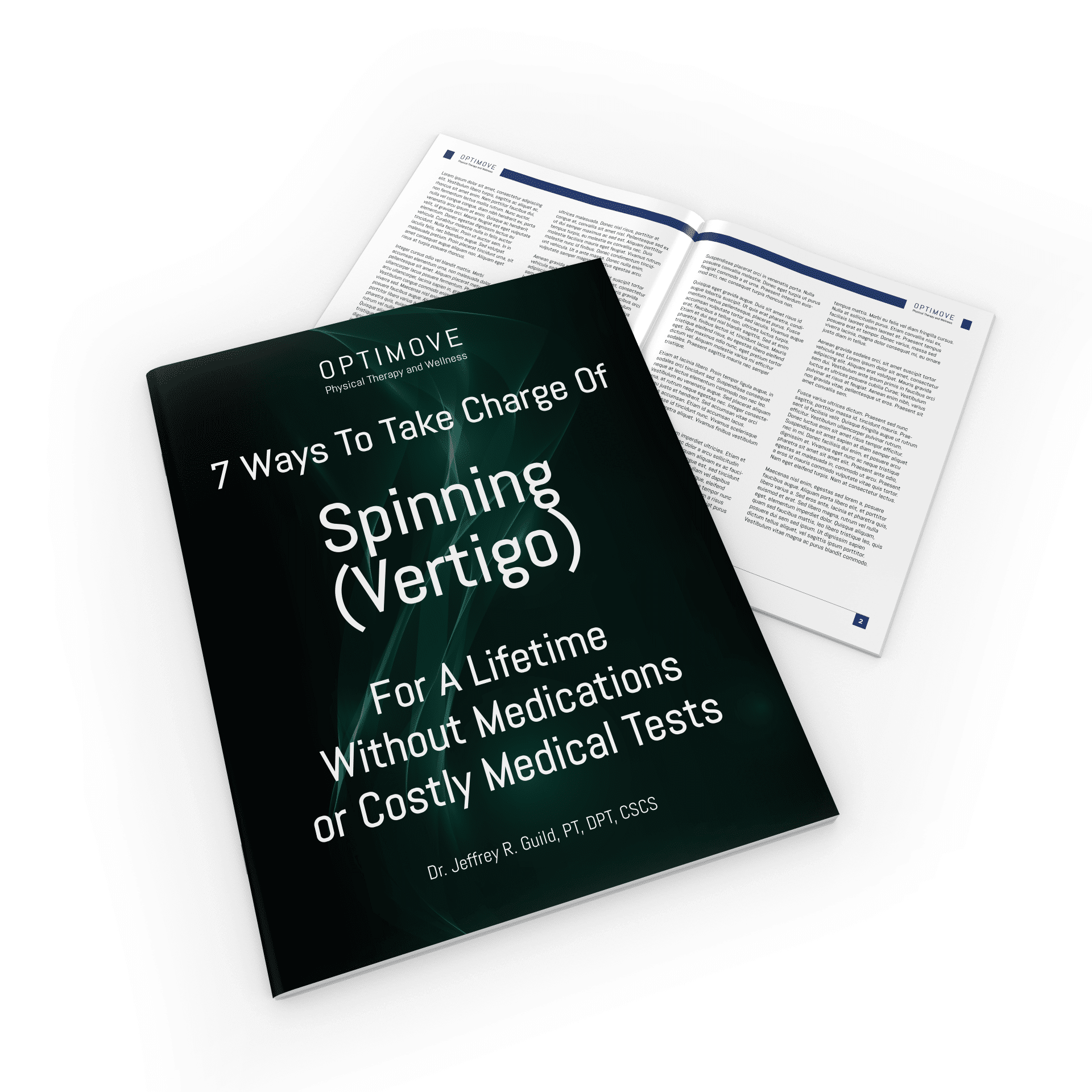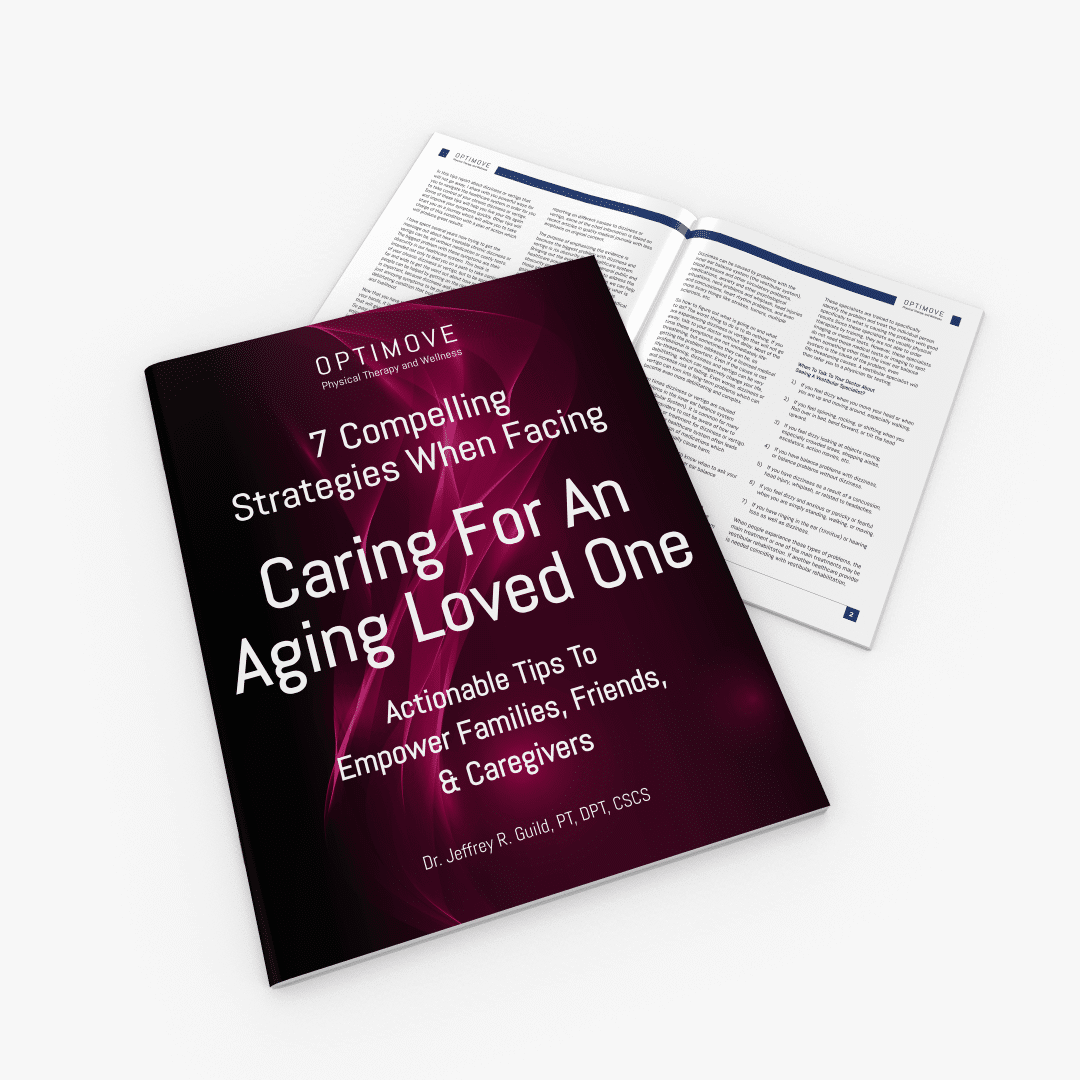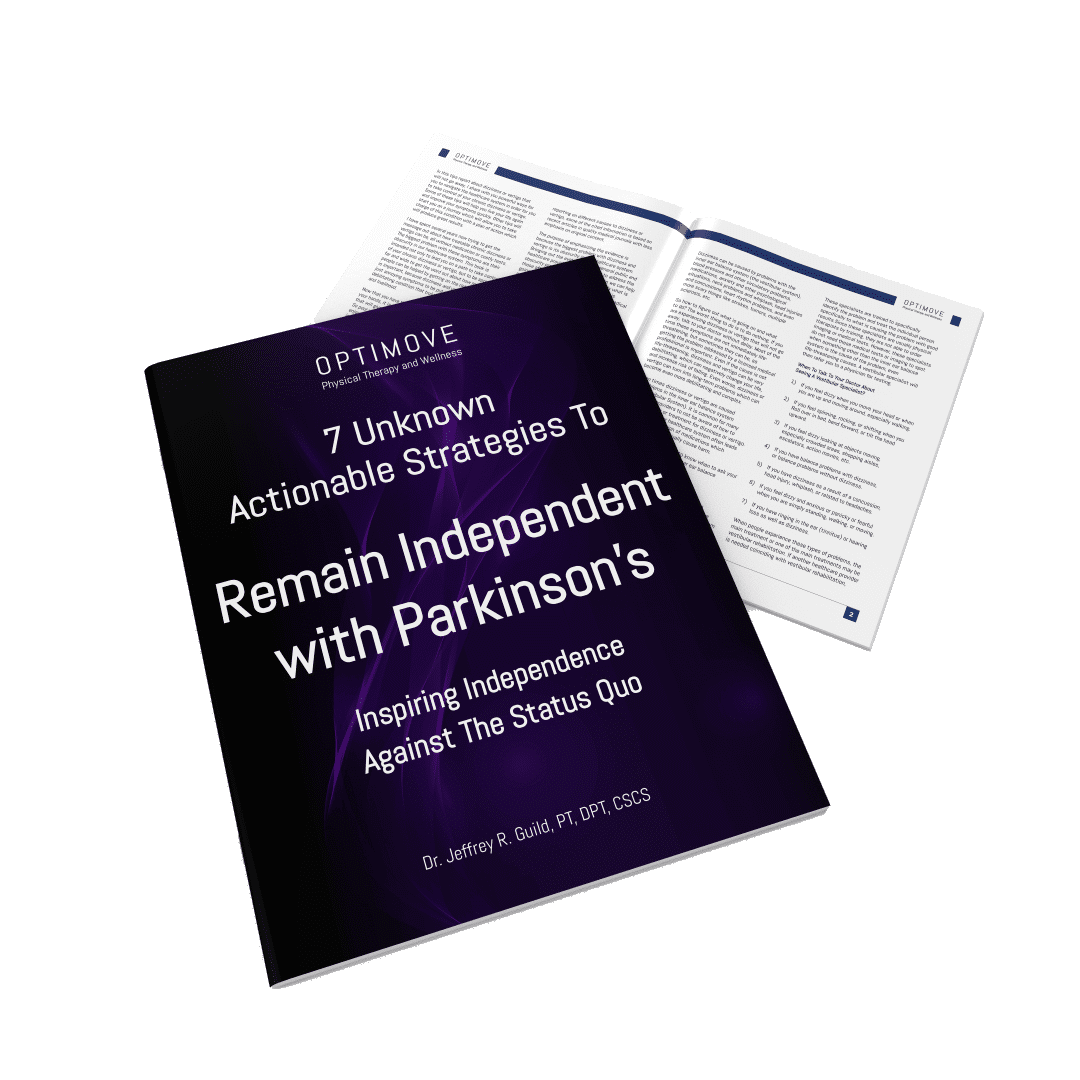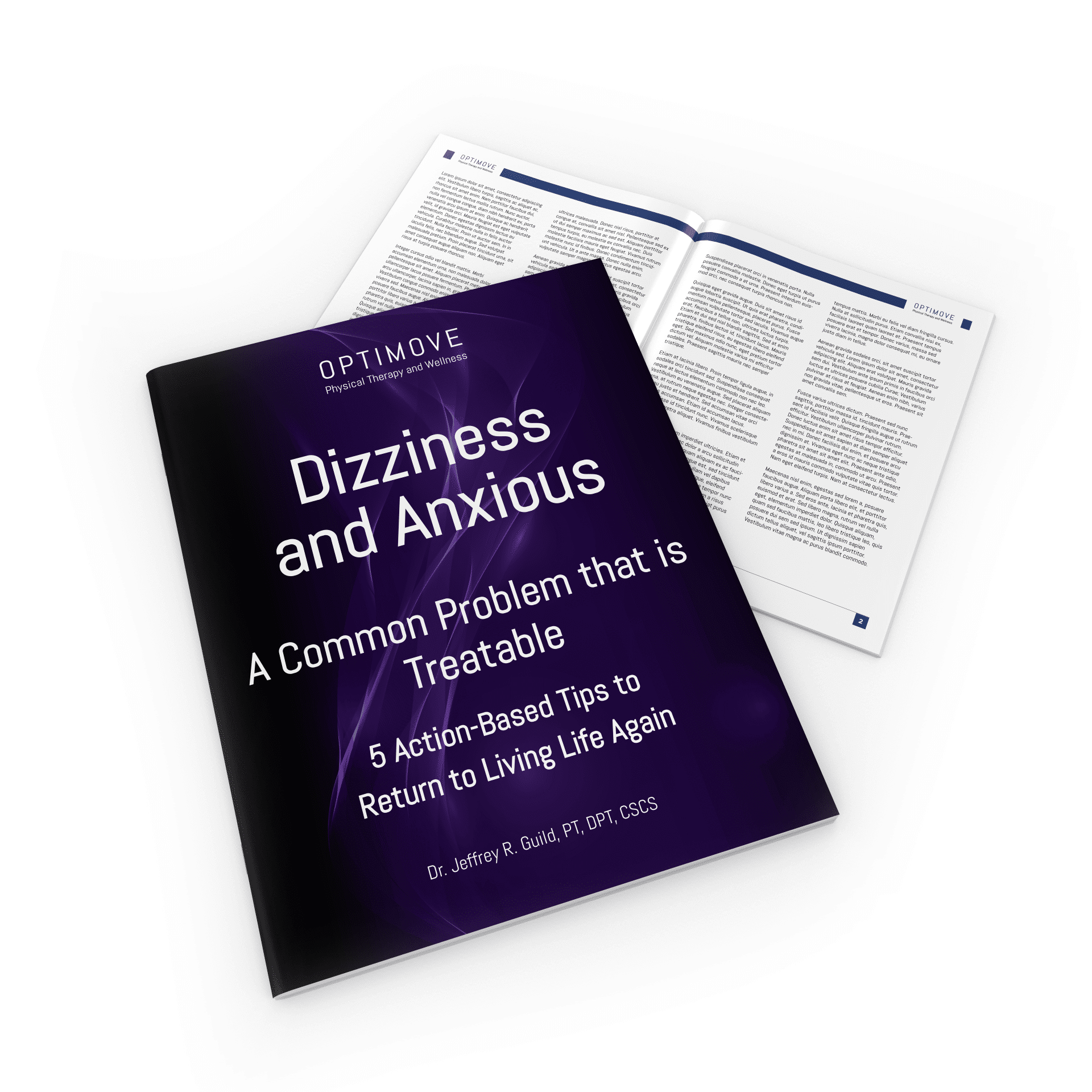Uncover how key muscles contribute to balance in older individuals, revealing unique insights into common issues and how targeted training can enhance stability.
–
Do you or an aging loved one struggle with balance and falls? There is hope. Let us empower you to maintain your independence at home and in the community.
Click the link below to book your free in-home discover visit: https://old.optimovedfw.com/balanceandfallsfb
Side rear end-end weakness, GL Medius, and Glute Minimus weaknesses are common problems with the older population. It’s probably because they’ve been living longer and so they’ve had a longer period of time for those muscles to get weak over time. This is especially because we don’t tend to use those muscles much in daily life.
So why are these muscles important? Basically, these muscles help stabilize our pelvis when we’re walking. Now, back to the single leg part, right? So, standing on a single leg is important for older individuals, as well as people over the ages of 70, 80, and 90.
Yes, staying on a single leg is important, I would say, but only up until a couple seconds. They need to be able to step over an object. They need to be able to take a long, confident stride as they’re walking. Therefore, they need to be able to stand on a single leg for a short period of time and do that successfully on a regular basis.
Of course, the side rear-end muscles, the Glut and GL Minimus muscles, are a big part of being able to make that happen. Those muscles allow the pelvis to stay level. There is also tightness and other weaknesses that can occur. This can also contribute to this problem. So, you have a whole host of muscular-skeletal causes that can add to, or be the main cause of, a balance problem.
Along those lines, you can have what we call plant refection weakness. It is basically weakness in the calf muscles that prevents the person from pushing their toes down. Now, if you can imagine trying to walk across the room or balance yourself without pushing your toes into the ground; it is quite difficult. Again, the treatment for this problem would be different compared to someone who doesn’t have this issue.
A lot of times, older people tend to fall backwards. It’s the most common place to fall. Now, if someone has plant refection weakness, their biggest threat is actually falling forward. They’re not able to push their toes down and prevent themselves from going forward. Whereas, if they don’t have plant refection weakness, they can push their toes down just fine; they tend to fall backwards.
These are the different dynamics that tend to happen with people when they have a balance problem. So, generalized balance training, if it’s not addressing the root cause of the balance problem, could lead to a situation where someone is able to get somewhat better – as often our clients will say. They’ll get somewhat better but won’t find as much potential improvement as it would be compared if we figure out what’s exactly going on.


